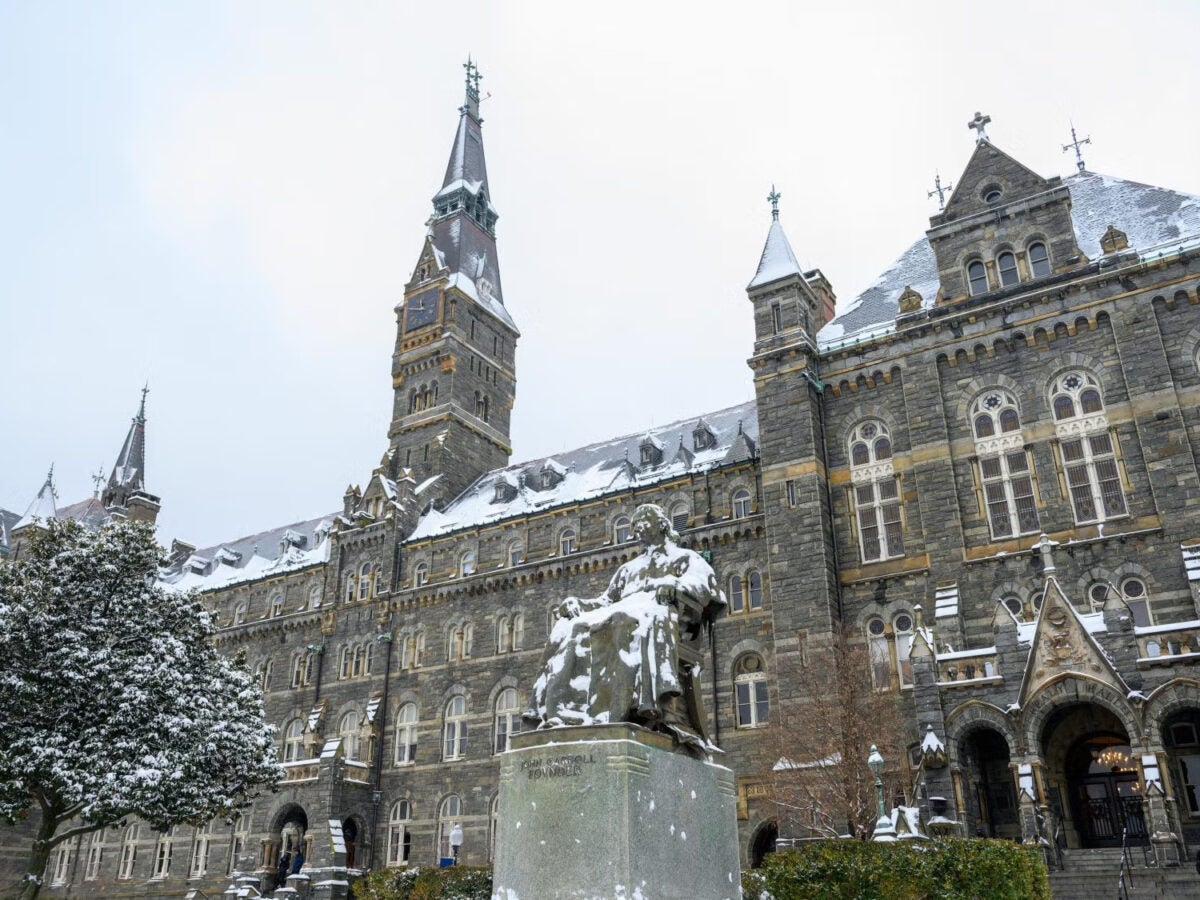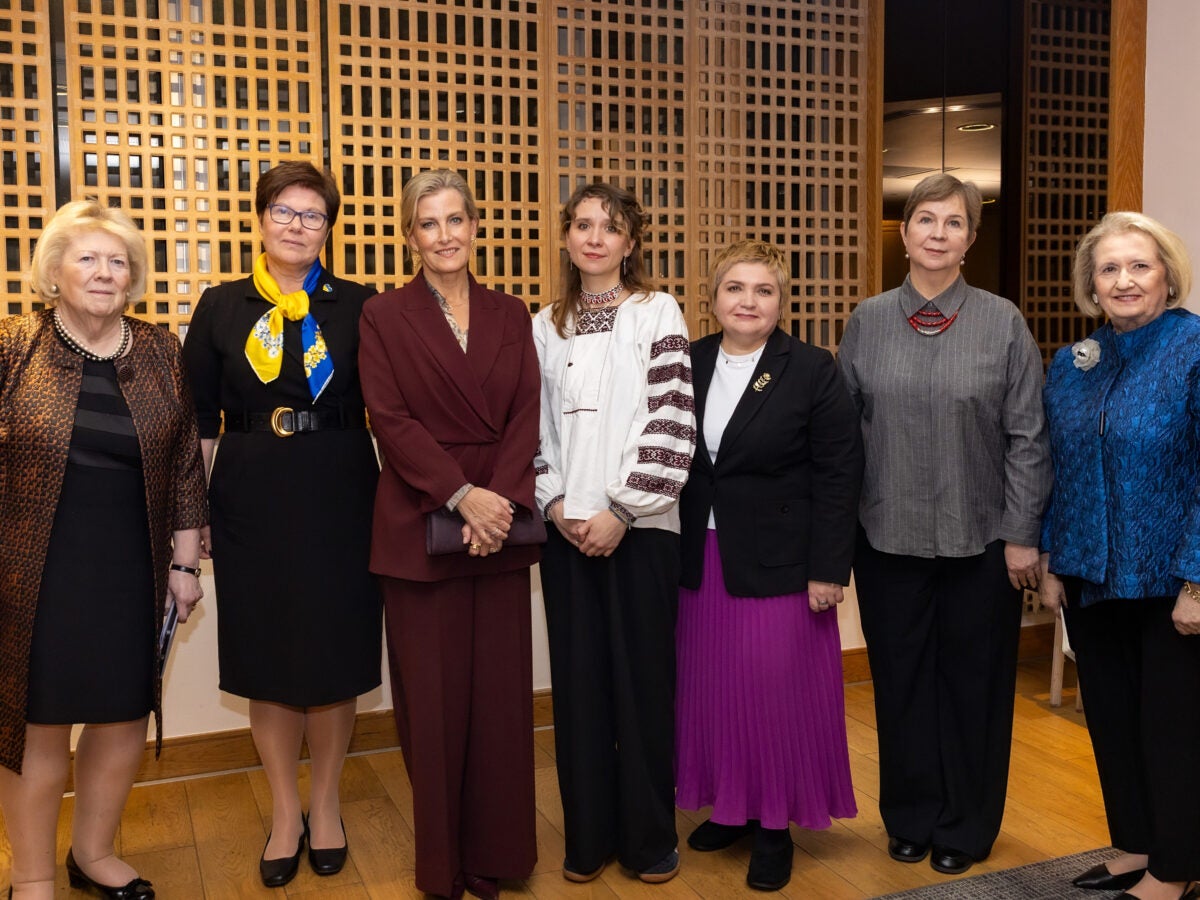An Intersectional Approach to Violence Against Asian Americans and Women

Vice President Kamala Harris consistently celebrates the story of her brilliant scientist mother, Dr. Shyamala Gopalan, whose journey from South India to UC Berkeley is an important meta-narrative of our nation’s values.
But along with that history is the shadow of a darker narrative. The legacy of the US Page Act of 1875—which banned the entry of Asian laborers, prominently “immoral Chinese women,” into the country—has led to the fetishization and subordination of Asian women in the U.S. and continues to shape this moment.
The Atlanta tragedies of March 2021 were a tipping point for a new policy agenda to systemically address the underlying power relations which lead to hate crimes and gender-based violence. In this article, I present a framework to address violence against Asian Americans and women, including accountability for omissions that may enable violence and circumstances where states and other institutions fail to avert otherwise preventable harms.
Amplified Anti-Asian Hate
COVID-19 and the “shadow pandemic” of violence against women amplified anti-Asian xenophobia and bias, as established by the Presidential Memorandum Condemning and Combatting Racism, Xenophobia, and Intolerance Against Asian American and Pacific Islanders in the United States.
The National Report by Stop AAPI (Asian American Pacific Islander) Hate, focused primarily around the pandemic, reported 3795 incidents of violence against Asians in America between 2020 and 2021. The report also notes that “women reported hate incidents 2.3 times more than men.”
A bipartisan effort also acknowledged the intertwined nature of sexual violence, racism, and populism in the recently passed Anti-Asian Hate Crimes Law: Combatting Racism, Xenophobia, and Intolerance Against Asian American and Pacific Islanders in the United States. When the House moved to renew the Violence Against Women Act in Congress in March 2021, President Biden began to offer a new approach: “This should not be a Democratic or Republican issue — it’s about standing up against the abuse of power and preventing violence.”
Intersectional and Systemic Solutions
Too often, laws that aim to address hate crimes or gender-based violence focus only on individual violent acts, on a case-by-case approach, paying little attention to structural inequalities which contribute to the physical, sexual, and psychological injuries suffered by women, especially minority women.
To understand the causes and impacts of these hate crimes, we must acknowledge that the targets of these attacks often hold multiple identities at the intersections of axes such as sex, race, ethnicity, class and sexuality. The intersectional analysis highlights how groups are positioned within unequal power relations. Systemic power relations, like intersectionality, operate both to penalize and to privilege individuals and groups within a system.
The term structural violence was first coined by Sociologist Johan Galtung in 1969, and was further expanded in 2006 by Harvard’s Dr. Paul Farmer, a medical physician and anthropologist renowned for his work in Haiti. He noted that “the arrangements are structural because they are embedded in the political and economic organization or our social world,” and that they are violent because “they cause injury to people.” As the pandemic has exposed, these forms of structural violence have a disproportionate impact on women of intersectional identity, including women in the AAPI community.
The root causes of gender-based violence must be addressed through systemic solutions. The model of individual rights – upon which the system of formal equality is based –alone is an inadequate tool to transform the deeply entrenched and intersectional, social, and economic practices that contribute to violence against women. An argument based on equal treatment does not do enough to transform existing unequal power relations as called for by the Declaration on the Elimination of Violence against Women (DEVAW).
By the terms of the DEVAW, gender-based violence against women is a phenomenon that not only involves “(p)hysical, sexual and psychological violence,” but also is “a manifestation of historically unequal power relations between men and women, which have led to domination over and discrimination against women by men and to the prevention of the full advancement of women.”
Institutional Change
My view of gender-based violence goes beyond the normative view of violence as the result of individual violence acts. It includes accountability for omissions that may enable violence, where states and other institutions fail to prevent otherwise preventable harms.
Consider education. Historically, education was designed as a way to provide the tools for a livelihood, and to inspire good citizenship. Part of good citizenship is to address sexism and racism.
Mary Wollstonecraft argued in 1739 that “education was one of the major means used by men to advance their superiority over women, and . . . that if women were permitted the same educational advantages as men, they would soon expose and eliminate the ostensible superiority of men.”
However, it is not enough to provide women and minorities with the same educational advantages that men and dominant racial groups have access to. We also need to ensure that education addresses deep-seated societal inequities as well. If we are serious about addressing the systemic barriers to gender equality, then it is important that educational institutions play a pro-active role in addressing the intersectional nature of inequities.
Education and training could contribute to a change in attitudes by addressing traditional stereotypes of men’s and women’s roles and the devaluation of certain women and minority groups that contributes to hate crimes and gender-based violence. In a study of gender-based violence laws around the world, I have identified 42 laws around the world that address violence through training and education on gender and intersectional equity and detailed instructions on educational reform.
Dr. Gopalan’s Legacy
In the narrative of Dr. Gopalan’s journey to Berkeley, most American recognize her as an immigrant woman and a single mother raising her two daughters. But, embedded in that single narrative is a more multi-textured narrative that is often invisible.
Dr. Gopalan’s research on the isolation and characterization of the progesterone receptor gene in mice changed scientific research on the hormone-responsiveness of breast tissue. Despite her achievements, she faced considerable bias and prejudice as an Asian woman in the sciences.
During AAPI month, I would like to suggest a way in which the AAPI community can strengthen the legacy of Dr. Gopalan through educational solutions to intersectional bias and violence. Her life devoted to scientific research was a commitment to the next generation of scientists and researchers from minority communities.
In the study of Gender based violence around the world, I identify laws that call for curricular reform as a way to eliminate gender stereotyping and violence against women. Although the implementation of these provisions are difficult to assess and monitor, the examination of Bolivia’s laws provides an interesting case study. Bolivia’s last state party report to the CEDAW committee states that:
“The 2016–2020 Sectoral Plan for the Comprehensive Development of Education to Live Well and the Avelino Siñani-Elizardo Pérez Act led to the development of educational policies with a decolonizing, depatriarchalizing intracultural and intercultural approach to ensure comprehensive training for women and men….”
This model is an important way to address educational reform through an intersectional lens. It should also be noted that Bolivia is one of two countries to boast of a majority of women in parliament. Several states go beyond individual claims of violence to address the power structures that constitute a form of gender- based violence. For example, Angola’s (2011) and Portugal’s (2009) laws on GBV both state that the law must address “symbolic violence and its structural and institutional character.”
A new educational model that addresses colonialism, racism, sexism, patriarchy and cultural bias is a structural solution to a systemic problem and the highest tribute paid to the leadership of women like Dr. Gopalan and her daughter Vice President Harris.
Dr. Rangita de Silva de Alwis is faculty at the University of Pennsylvania Law School, a Hillary Clinton Fellow on Gender Equity at the Georgetown Institute for Women, Peace and Security, and Nonresident Leader in Practice at Harvard Kennedy School’s WAPPP (2019-2021).
Explore More

End of Year Reflections
This year has been particularly challenging for peace around the world, with…

“No Amnesty, No Silence:” Ukrainian Women Urge Accountability for War-Time Sexual Violence
Last week, the Georgetown Institute for Women, Peace and Security (GIWPS) brought…
